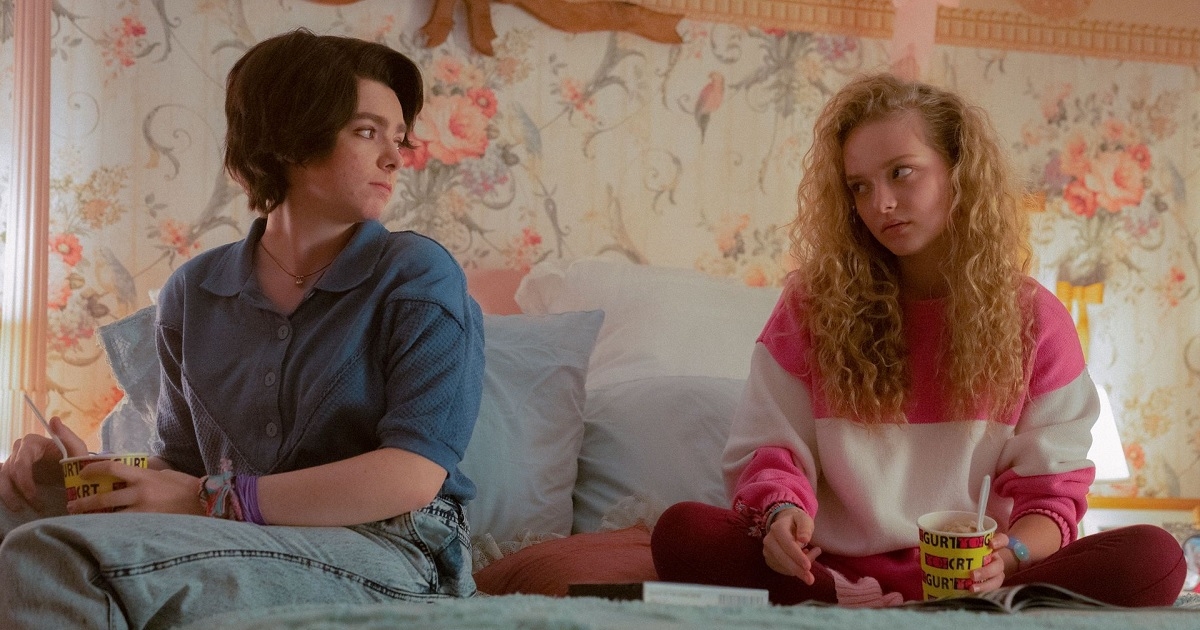Rian Johnson’s much-anticipated “Glass Onion: A Knives Out Mystery” could be a great film, and Netflix’s first with an exclusive 45-day window. That would be a mistake.
September will see the premiere of “Glass Onion: A Knives Out Mystery,” the first of two planned sequels to Rian Johnson’s “Knives Out. Read also : Netflix Backup no Streaming Issues.” Netflix bought the rights to the sequels for $469 million in March 2021, surpassing the reported $200 million budget for the recently announced “The Gray Man” (which was billed as its most expensive original film yet). The film will premiere at the Toronto International Film Festival in September (Johnson’s debut film “Knives Out”, released by Lionsgate, also premiered at the festival in 2019).
But what comes after that TIFF premiere? Netflix executives reportedly met with exhibition leaders this year about releasing the film with a unique 45-day window; that statement would be part of a test to see if the strategy could make sense for future Netflix titles.
Netflix previously provided exclusive theatrical windows for films such as award-winners “Roma” and “The Irishman”, but the sequel offers a new opportunity. 2019’s “Knives Out” grossed $165 million in its domestic run, more than four times its $41 million five-day Thanksgiving opening weekend. Marketing is always essential, but for the first time another studio laid the groundwork three years ago.
The arguments for Netflix titles going to theaters first are many: Advance play elevates the Netflix original and makes it feel more like a “real” movie. A meaningful theatrical release could mean a meaningful revenue stream. And, if Netflix takes the exhibition seriously, so might exhibitors. Currently, Cinemark is the only top chain that will order a Netflix movie.
Here’s the thing: Those aren’t very good arguments.
Did you miss one of the most expensive, star-studded movies of the year in theaters last week? The one from directors whose 2019 film grossed $2.8 billion worldwide? Of course you did. “The Gray Man,” from brothers Anthony and Joe Russo, is this week’s number one on the Netflix charts following its streaming debut on July 22 – but it had the lead in about 450 theaters the previous week, where it did between $200,000-$250,000 on opening weekend per industry sources.
Based on those industry estimates, each theater saw an average of 40-50 people during that first weekend. One of the main claims of benefit theaters is to enhance the shared experience, but if you bought a ticket to see “The Gray Man,” you may have seen it with more people at home.
Netflix doesn’t put its movies in theaters to enhance the experience, and we know that’s not for the small movie rentals the movies might earn. In fact, it’s hard to figure out what he has to gain by doing it – and when the streamer increasingly finds his strategic decisions, there’s a case to be made that theatrical releases are counterproductive.
When it comes to what performs best in Netflix, there is no competition: it’s the original series, like season 4 of the greatest ever of “Stranger Things” in English or the “Squid Game” in the Korean language, which even stronger. A Netflix original movie is usually (but not always) at the top of its movie chart, at least in its first week. However, when Netflix combines its series and movie charts, series dominate massively.
Of course, there are differences in how Netflix measures series and movies (multiple episodes count towards a series total). Another big difference: the popular Netflix series host their incredible performances not shown anywhere else.
There is little evidence that theaters can benefit Netflix for a general audience film like “The Gray Man” or “Glass Onion”. (It’s another story for Oscar titles and their critical awards qualifying streak.) There’s no real money to be made: It would all be roughly proportional to the higher marketing costs. Making nice with theaters that are never going to be their allies – why?
In fact, there is much stronger evidence to suggest that going to the theater first could create significant disadvantages for Netflix.
The company has a theatrical distribution staff, but it is a small one. It’s not the kind of operation meant to coordinate a run in 3,400-plus theaters — the size Lionsgate handled with the original “Knives Out.” Marketing a Netflix movie for theaters is a slog in its own right: a decade of aggressive marketing has already been devoted to telling audiences that Netflix means streaming on demand, at home. (Good luck convincing The New York Times to break its policy of timing Netflix movie reviews to their streaming premieres.)
There is also a gross issue. Netflix doesn’t disclose them, but there are always internal estimates that include competitors that don’t have Netflix’s interests at heart. Theatrical distribution means real-time results are reported, shared and analyzed with the world – the anathema of Netflix. A great box office would be a marketing advantage (assuming Netflix revealed it), but anything less than the original could mean unwanted scrutiny.
And finally, no matter how seriously Netflix takes theatrical distribution, streaming is still the point. Theatrical-First tells viewers that streaming is second best and undermines what makes Netflix series perform so well: It’s only on Netflix. Moving to wide release theatrical distribution is an unforced error, confusing consumers and denying the premiere its undivided streaming coverage.
Worse yet: What if theatrical audiences respond to “Glass Onion” with mixed word of mouth and lackluster anticipation for the arrival of Netflix?
For a service dealing with a recent loss of subscribers, it’s hard to see why sharing its unique viewing opportunity makes sense.
Expect great interest at the Toronto premiere of Johnson’s film. The festival runs September 8-18; “Glass Onion” has yet to be dated for any possible theatrical run, as well as its streaming premiere. As many others have pointed out, releasing a film soon after its festival debut takes advantage of all that the media has won; Netflix is reportedly planning to release in the last quarter of 2022.
Sign up: Stay on top of the latest film and TV news! Sign up for our Email Newsletters here.




